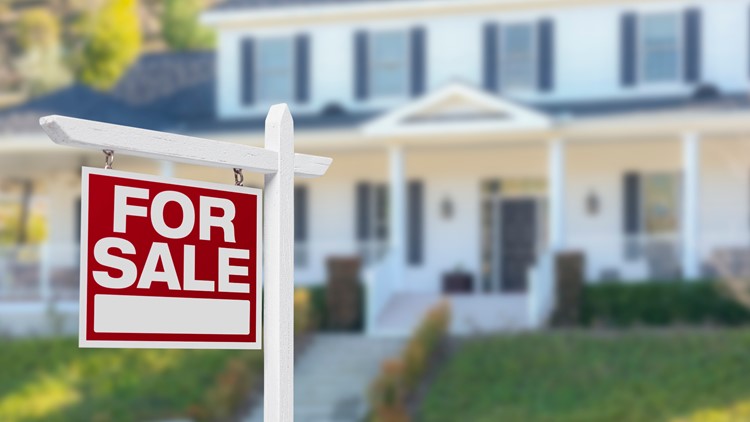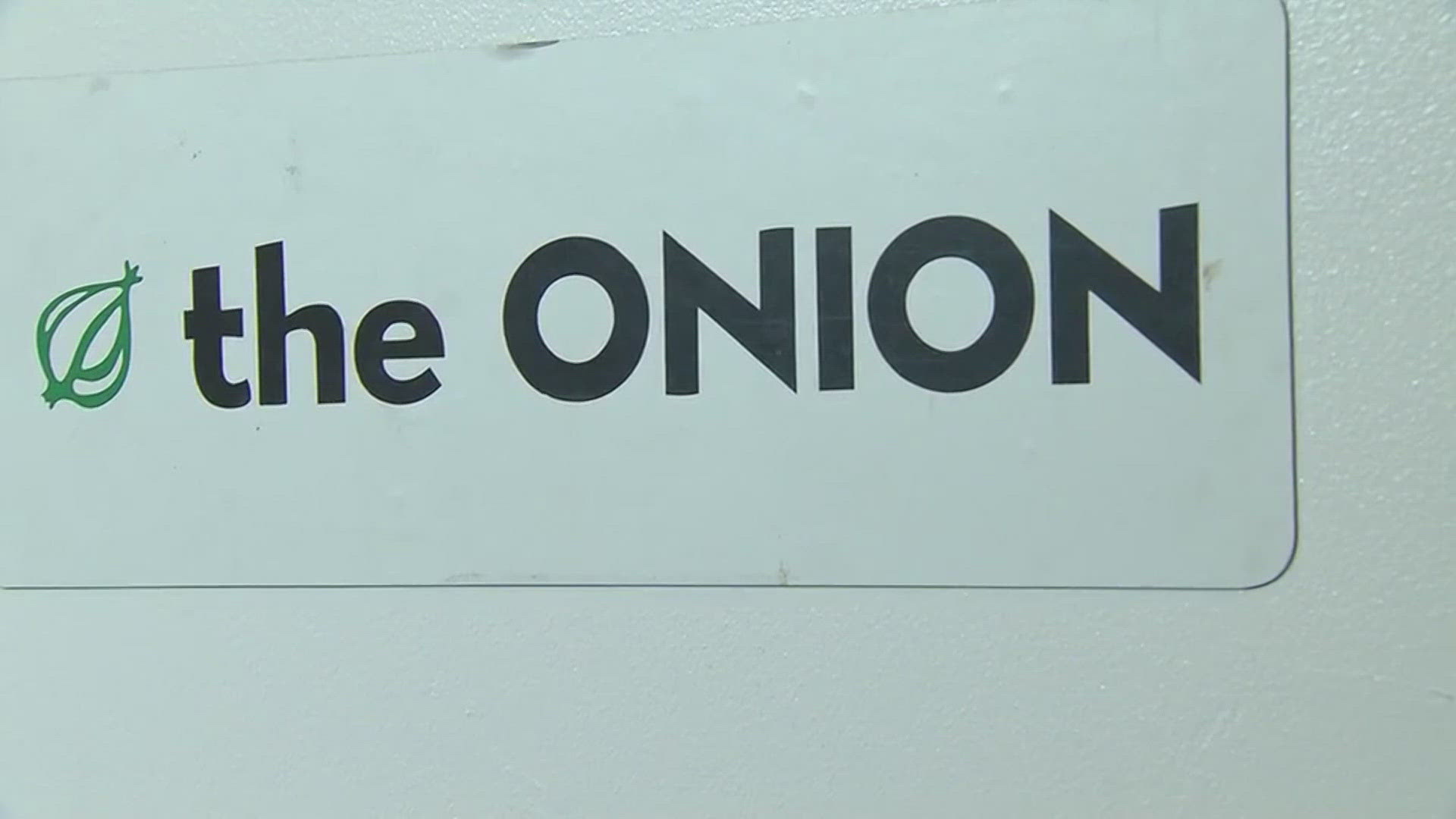TEXAS, USA — More Texas homeowners and renters than ever are struggling with high housing costs — and the state’s high home prices have potentially put the dream of owning a home out-of-reach for a growing number of families.
That’s according to a new report from Harvard University’s Joint Center for Housing Studies, which also found that home prices and rents remain well above where they stood before the COVID-19 pandemic. The Texas housing market has cooled amid high interest rates after steep increases brought on by the state’s recent red-hot economic growth. So would-be homebuyers now need to make more money than ever before in order to buy a home in Texas’ major urban areas. The number of Texas homeowners and renters who struggle to keep a roof over their head also now sits at an all-time high.
“The costs of buying a home have left homeownership out of reach to all but the most advantaged households,” said Daniel McCue, a senior research associate at the center.
The growth in Texas home prices has dramatically outpaced income growth, pricing many households out of the market and all but wiping away the state’s once-heralded housing affordability.
It’s now common for buyers to have to make at least six figures in order to purchase a home in major urban areas where the state’s job opportunities are largely concentrated. A family needs to make more than $100,000 if they want to buy a typical home in the Houston and Dallas-Fort Worth regions, according to the center. In the Austin area, a buyer needs to make more than $140,000 to afford a home at the median sales price.
Renters have increasingly little room to put money away for a future down payment and make the transition to homeownership. A record 2.1 million renter households — more than half of those in the state — are “cost-burdened,” meaning they spend more than 30% of their income on rent and utilities. Of those, nearly 1.1 million put at least half of their income toward rent and utilities, which means they are “severely” cost-burdened.
Homeowners, too, have felt the pinch from rising homeowners insurance and high property taxes. Nearly a quarter of the state’s 6.9 million homeowner households spend too much on housing, according to Harvard’s analysis.
The state’s high housing costs and a shortage of housing affordable to the poorest Texans fueled a 12% increase in homelessness last year, according to federal estimates. More than 27,000 Texans did not have a permanent roof over their heads in 2023, according to an annual estimate of people experiencing homelessness. About 11,700 Texans experienced unsheltered homelessness — meaning they slept in their cars, under bridges or in other places not fit for human habitation.
Still, in some parts of the state, the cost of housing is on the decline.
Home prices in Austin, where the typical home fetched more than half a million dollars at the height of the state’s pandemic-era housing market, have fallen for 16 straight months, according to Zillow data. San Antonio has also seen months’ long decline in home prices.
High interest rates have dramatically slowed the pace of homebuying, contributing to lower home prices. That slowdown has allowed homes to sit on the market for longer periods of time than during the highly competitive days of the hot pandemic housing market and boosted the supply of homes available to prospective buyers. More supply means buyers have more leverage to negotiate lower prices with sellers.
“Buyers are still very much contending with elevated home prices, and of course, mortgage rates,” said Clare Knapp, housing economist for the Austin Board of Realtors. “But with that uptick in active listings, they do have more negotiating power. So it is certainly providing a boost to them amid a more challenging environment.”
At the same time, high interest rates and home prices have discouraged homeowners who otherwise may have put their homes on the market from giving up their low interest rates, according to the Harvard report — fueling the country’s shortage of available housing.
Steady job growth also has kept home prices elevated. In places like Houston and Dallas-Fort Worth that saw home prices decline last year, prices have begun to creep up again.
“It’s really difficult for you to see a significant correction in prices,” said Luis Torres, senior business economist at the Federal Reserve Bank of Dallas.”
Soaring rents driven by the state’s robust economic growth put record pressure on tenants. But a boom in apartment building not seen since the 1980s has bought them at least some temporary relief from rising rents.
Asking rents have fallen over the last year in the Austin, Dallas-Fort Worth, Houston and San Antonio regions, figures from the firm MRI ApartmentData show, as new apartments open their doors and force existing landlords to compete to keep new tenants.
“For renters, it's a better situation,” said Bruce McClenny, industry principal at MRI ApartmentData. “It doesn't make up for all that crazy rent growth that we had in ‘21 and ‘22. But it's starting to make a difference.”
It’s only a matter of time before rents surge again, the Harvard report found. Builders have pulled back on new projects amid high borrowing costs and as property owners see lower revenue growth from rents and increased operating costs like property owners’ insurance, wages and property taxes. Meanwhile, the state’s steady economic growth coupled with growth in Generation Z households will ensure demand for apartments remains strong. McClenny said larger rent increases like those seen in 2022 could return by the end of next year after tens of thousands of apartments under construction in the state’s major metro areas come online.
Still at risk is the state’s supply of cheap housing stock, housing experts say. Texas has lost hundreds of thousands of low-cost rental units over the last decade, exacerbating an already dire shortage of housing affordable to lower-income families.
The state had about 753,000 housing units with rents below $600 near the start of the last decade. As the state’s economy boomed and demand for rental housing grew, that supply decreased as landlords simply raised rents or renovated their property to attract higher-income renters.
By 2022, the supply of cheap rental housing had shrunk to less than half a million units.
Housing experts expect more of those units to disappear in the coming years. Dallas has a shortage of about 33,000 units affordable to families making 50% or less of the area median income, according to an analysis by the Dallas-based Child Poverty Action Lab. That shortage is expected to balloon to more than 80,000 by the end of the decade, the organization projects.
The Dallas-Fort Worth region “has been and likely will continue to be a really hot housing market that makes [naturally occurring affordable housing] more vulnerable,” said Ashley Flores, the organization’s housing chief.
Local and state leaders are increasingly trying to solve the state’s housing affordability crisis.
Texas lawmakers, including some of the state’s top Republicans, have increasingly signaled that one way they will look at combating the crisis is by loosening city rules that determine what kind of housing can be built and where. Housing advocates have increasingly targeted city zoning restrictions, like how much land a single-family home must sit on and how many homes can be built on a given lot, as a root cause of the nation’s affordability woes. Those rules, they say, have limited how many homes can be built and led to higher housing costs as a result.
“In a lot of ways, the current zoning laws that we have don't reflect the wishes of the people,” McCue said. “So it's good to revisit those.”
This article originally appeared in The Texas Tribune at https://www.texastribune.org/2024/06/24/texas-housing-costs-homeownership-rents-harvard/.
The Texas Tribune is a member-supported, nonpartisan newsroom informing and engaging Texans on state politics and policy. Learn more at texastribune.org.



